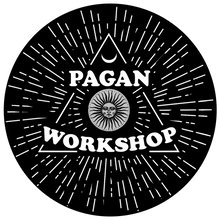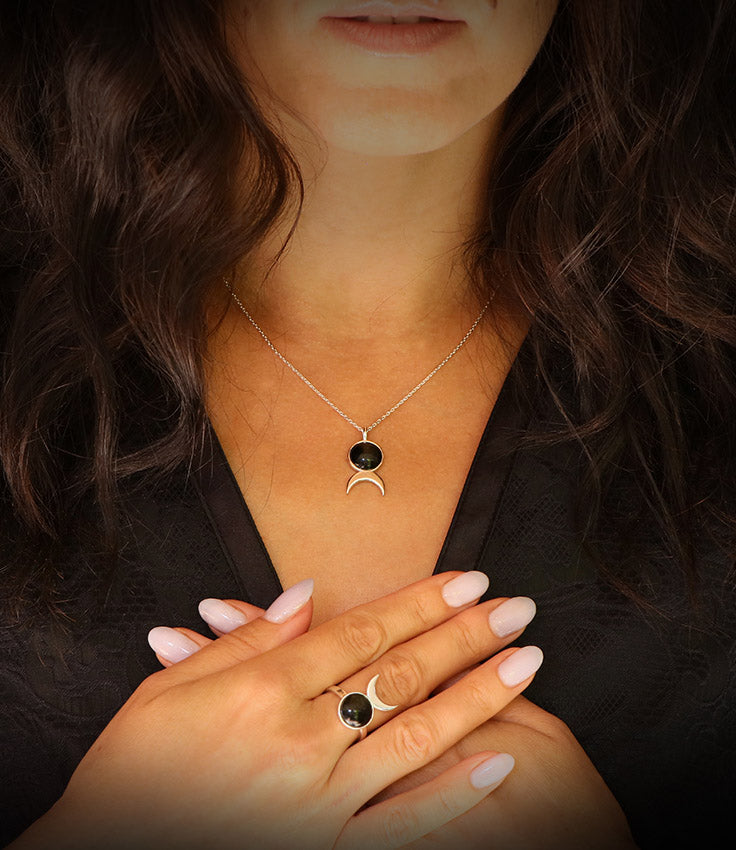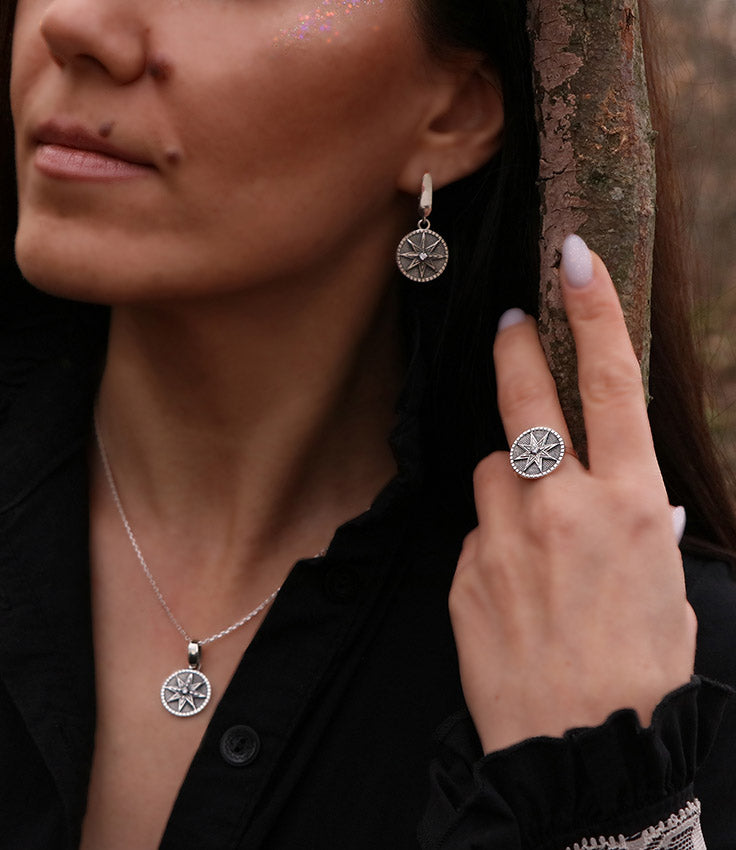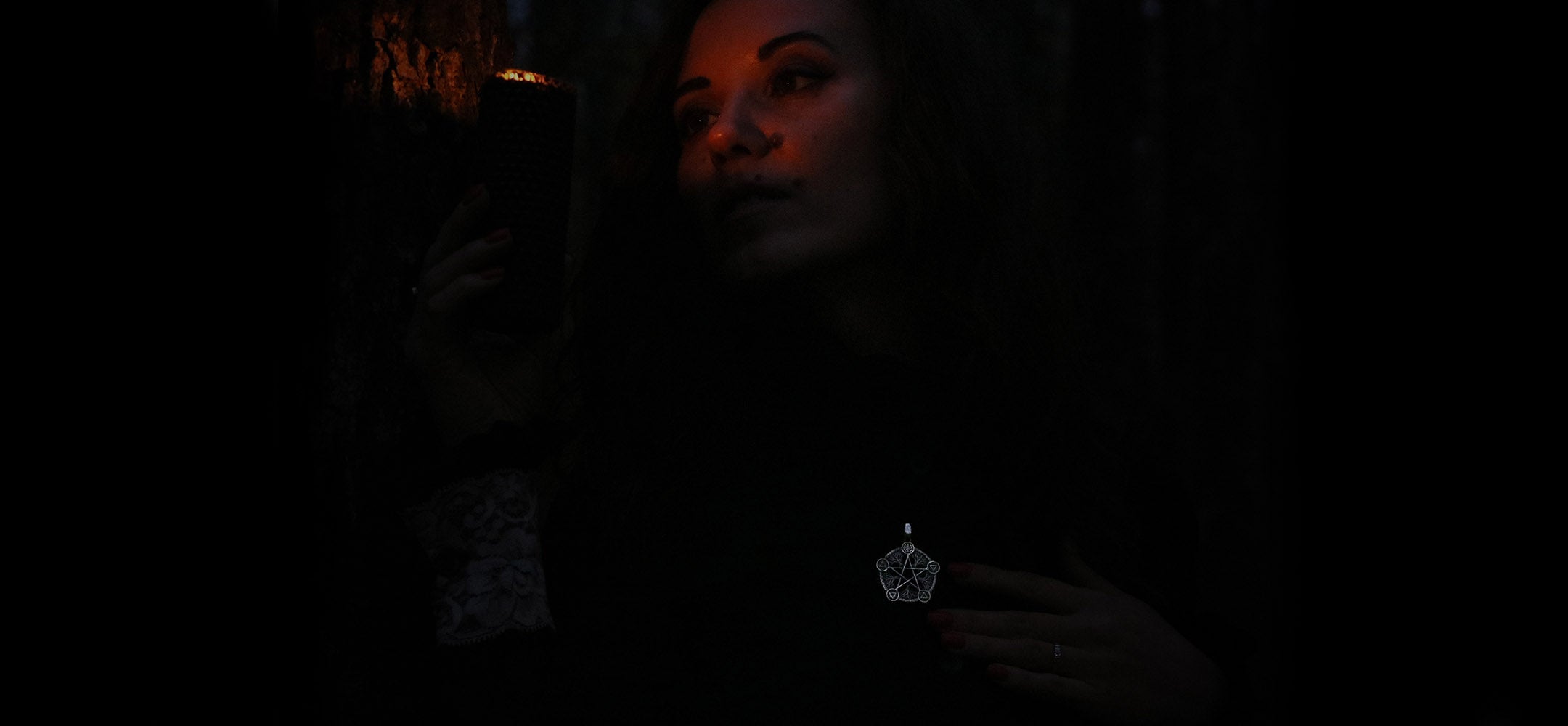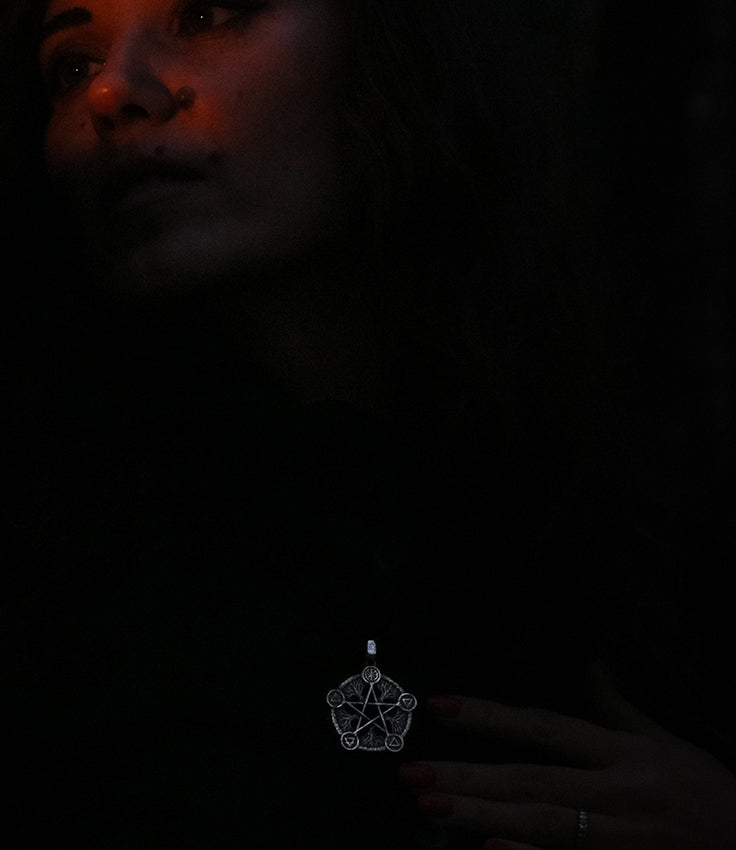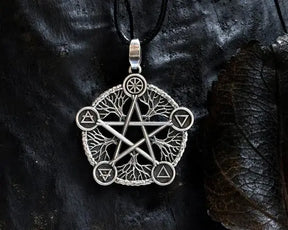Jack-o’-lanterns, iconic symbols of Halloween, have their origins in ancient Celtic Samhain traditions, where they played an important role in warding off evil spirits. Originally, these lanterns were carved from turnips or other root vegetables and placed outside homes to protect inhabitants from malevolent beings during Samhain. Over time, the practice evolved, and when it was brought to the United States by Irish immigrants in the 19th century, pumpkins replaced turnips due to their abundance and ease of carving.
Here’s a more detailed exploration of the history, symbolism, and modern traditions surrounding jack-o’-lanterns:
Origins of the Jack-o’-Lantern
The jack-o’-lantern tradition is deeply intertwined with the ancient Celtic festival of Samhain, celebrated from October 31st to November 1st. During Samhain, it was believed that the veil between the worlds of the living and the dead was at its thinnest, allowing spirits to cross over into the world of the living. While many of these spirits were thought to be benevolent, some were believed to be mischievous or malevolent, seeking to cause harm.
To protect themselves, the Celts would carve faces into turnips, beets, or other root vegetables, placing a burning ember or candle inside them to create lanterns. These grotesque faces were intended to frighten away wandering spirits and malicious entities, keeping homes and people safe during this time of heightened supernatural activity. The lanterns were also believed to light the way for ancestral spirits who were welcomed back to visit their families during Samhain.
The Legend of "Stingy Jack"
The term "jack-o'-lantern" comes from an old Irish folktale about a man named Stingy Jack. According to legend, Jack was a trickster who managed to outwit the Devil several times. When Jack eventually died, neither Heaven nor Hell would accept him. The Devil, in a final act of trickery, condemned Jack to wander the earth forever, giving him only a single burning coal to light his way. Jack placed the coal in a hollowed-out turnip, and ever since, he has been doomed to roam the night with his eerie lantern. Hence, he became known as "Jack of the Lantern," or "Jack-o'-Lantern."
This story contributed to the tradition of carving turnips or other vegetables into lanterns, which were placed outside homes to ward off Jack’s wandering spirit and other malevolent beings. Over time, this folk tradition became part of Samhain celebrations and, later, Halloween.
Symbolism of the Jack-o'-Lantern
The jack-o’-lantern holds deep symbolic meaning, particularly during Samhain. It represents both protection and guidance in the spiritual and physical realms. Key elements of its symbolism include:
-
Protection from Evil Spirits: As Samhain marked a time when spirits and supernatural beings could freely wander, the jack-o’-lantern served as a protective charm. The grotesque faces carved into the lanterns were meant to scare away any harmful spirits that might try to enter homes. The glowing light inside, often a burning ember or a candle, symbolized the light of life and protection, keeping darkness and malevolent forces at bay.
-
Connection to Ancestral Spirits: While the jack-o'-lanterns were meant to ward off evil, they also served as beacons for the spirits of deceased loved ones. During Samhain, families believed that the souls of their ancestors would return to visit. Jack-o’-lanterns lit with candles were placed outside to guide these spirits back home, offering them a safe and welcoming path through the dark night.
-
Illumination in Darkness: The light inside the jack-o’-lantern is symbolic of illumination in times of darkness. During Samhain, as the season shifts from autumn to winter, the world grows darker and colder. The jack-o’-lantern, like the bonfire, symbolizes the persistence of light and warmth during these dark times, a reminder that the sun will return after the winter solstice.
-
Cycles of Life and Death: The jack-o’-lantern also reflects the deeper spiritual themes of Samhain, which celebrates the cycle of life, death, and rebirth. The act of hollowing out a vegetable (symbolizing the harvest and the life-giving gifts of the earth) and placing a light within it symbolizes the idea that even in death or darkness, life continues in some form. It is a reminder that death is not the end but a transition in the natural cycle of existence.
From Turnips to Pumpkins:
In its original form, the jack-o’-lantern was typically made from turnips, beets, or potatoes. Turnips, in particular, were used in Celtic regions like Ireland and Scotland, where they were more readily available. These vegetables were carved with grotesque or frightening faces, often with simple tools, and a small candle or ember was placed inside to create an eerie glow.
When Irish and Scottish immigrants brought the tradition to North America in the 19th century, they found that pumpkins, native to the region, were much more suitable for carving. Pumpkins, being larger, softer, and easier to hollow out, quickly became the vegetable of choice for making jack-o’-lanterns. Over time, pumpkins became the standard for Halloween decorations, and the association between jack-o’-lanterns and Halloween grew stronger.
Modern Jack-o'-Lantern Traditions
Today, carving pumpkins into jack-o’-lanterns is one of the most popular Halloween activities, particularly in North America, but the practice is also widespread in Europe and other parts of the world where Halloween is celebrated. The modern tradition has taken on new forms, with more intricate and artistic designs being created, but the basic principles remain rooted in the ancient Samhain customs.
-
Carving Pumpkins: Families and individuals often gather to carve pumpkins in the days leading up to Halloween. While traditional jack-o’-lantern faces feature scary or grotesque expressions, modern designs can include everything from humorous faces to intricate patterns of animals, stars, or even famous characters.
-
Lighting the Jack-o’-Lantern: Once carved, a candle or LED light is placed inside the pumpkin to illuminate the design. Placing the jack-o’-lantern outside the home, often on porches or windowsills, continues the protective tradition, though in a more symbolic and decorative sense. The glowing lantern still serves as a welcoming beacon for trick-or-treaters and as a symbol of the festive Halloween season.
-
Pumpkin Festivals and Competitions: In many places, pumpkin-carving competitions and festivals have become a fun way to celebrate the Halloween season. People create elaborate jack-o’-lantern designs, some even involving multiple pumpkins, to showcase their artistic skills. These events often harken back to the communal spirit of ancient Samhain celebrations, where entire villages would gather around bonfires and shared traditions.
-
The Evolution of the Jack-o'-Lantern: While the protective and spiritual aspects of the jack-o’-lantern have been largely secularized in modern Halloween customs, the lantern remains a symbol of Halloween’s deeper themes—connection with the past, reflection on death, and celebration of the mysterious and supernatural.
Spiritual Practice for Modern Pagans:
In modern pagan practices, especially those following the Wheel of the Year, the jack-o'-lantern may still be used as part of Samhain rituals. Modern witches and pagans often place jack-o’-lanterns on their altars or outside their homes to honor ancestors and invoke protection. These jack-o'-lanterns may be more symbolic or personal, with carvings that reflect the practitioner's spiritual beliefs or intentions for the new year. For some, lighting the jack-o'-lantern during Samhain rituals represents illuminating the path for ancestors or keeping the light of spirit alive through the darker half of the year.
Conclusion
Though the tradition of carving jack-o'-lanterns has evolved from its ancient Celtic roots, its core themes of protection, honoring the dead, and celebrating the cycle of life and death persist. Whether used as festive Halloween decorations or as sacred symbols during Samhain rituals, jack-o’-lanterns continue to embody the spirit of light in darkness, offering both a historical connection to the past and a celebration of the supernatural mysteries that surround this season.
